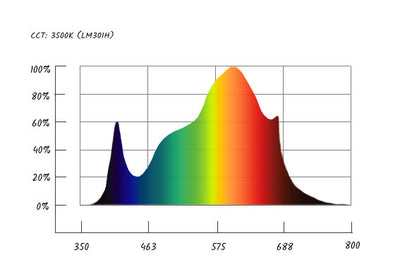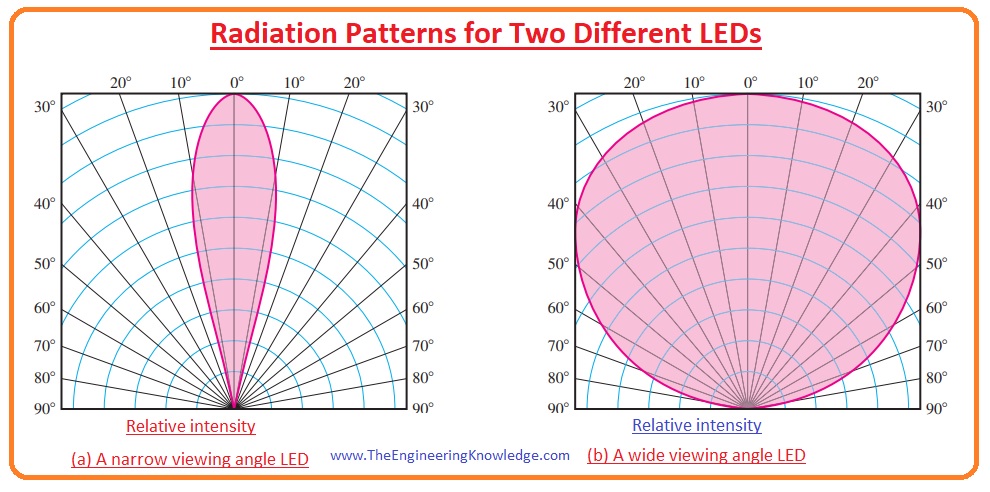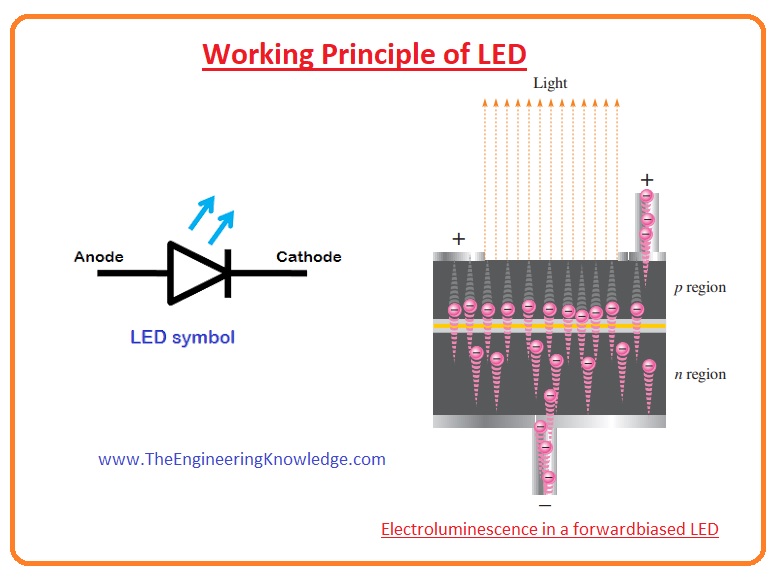Ca++
Well-known member
This heat radiation talk is irrational. Just put your hand there. The whole reason LEDs are efficient, is because they waste much less power making heat. People are adding extra one's specifically to add heat radiation. They are warming their rooms more to make them work.
If there is a connection to heat, it's a lack of heat. Photosynthesis leads to moisture loss. So more light will lead to more water loss. If there was heat, the plant might actually close up it's pores a bit. Limiting this water loss. It's dehydration of the guard cells that slows moisture loss. K is often connected with water regulation by existing here. Lately drought stricken areas have relied on Cl to reduce water losses. If growing in 20% RH and finding increased photosynthesis leading to water loss, then it's worth looking at. Most LED users find themselves much more concerned with temp and RH than ever before, as they battle to keep transpiration in line. Finding losses too great in a 20% RH room isn't surprising. Owning LEDs and thinking there is a heat radiation problem is though.
The speed with which peoples plants go pale and drop is really something when it happens. It has similarities to P toxicity. I would love to see tissue samples. Though it may be just bleaching, as processes collapse. Boy, do they collapse sometimes. RH is the real key to slowing moisture loss. It's one of the few controlling factors we can work with.
I have cobs I might cover. They always end up too close anyway, and have power in reserve to overcome any losses. It's almost off topic though.
There seem to be two schools here. One looking at diffusers to increase the number of angles the light comes from. Another want's to mix the colours more.
If we use a lens to add divergence, we have any satisfied the former. The latter may be made worse.
If there is a connection to heat, it's a lack of heat. Photosynthesis leads to moisture loss. So more light will lead to more water loss. If there was heat, the plant might actually close up it's pores a bit. Limiting this water loss. It's dehydration of the guard cells that slows moisture loss. K is often connected with water regulation by existing here. Lately drought stricken areas have relied on Cl to reduce water losses. If growing in 20% RH and finding increased photosynthesis leading to water loss, then it's worth looking at. Most LED users find themselves much more concerned with temp and RH than ever before, as they battle to keep transpiration in line. Finding losses too great in a 20% RH room isn't surprising. Owning LEDs and thinking there is a heat radiation problem is though.
The speed with which peoples plants go pale and drop is really something when it happens. It has similarities to P toxicity. I would love to see tissue samples. Though it may be just bleaching, as processes collapse. Boy, do they collapse sometimes. RH is the real key to slowing moisture loss. It's one of the few controlling factors we can work with.
I have cobs I might cover. They always end up too close anyway, and have power in reserve to overcome any losses. It's almost off topic though.
There seem to be two schools here. One looking at diffusers to increase the number of angles the light comes from. Another want's to mix the colours more.
If we use a lens to add divergence, we have any satisfied the former. The latter may be made worse.
Last edited:








